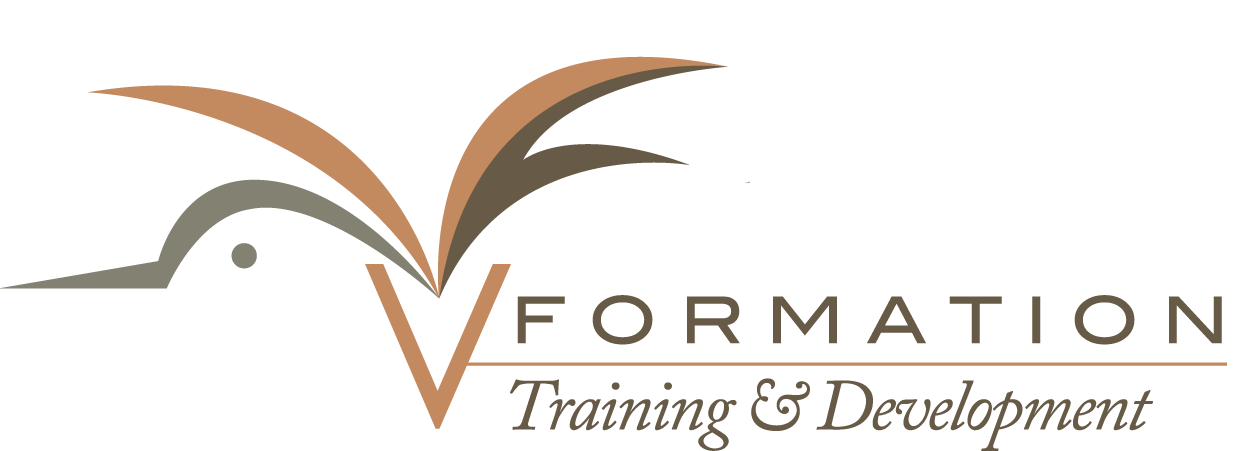
Blog
Annual Performance Reviews and Employee Engagement: The Ultimate Mismatch
Oh no!! Not this again. These are probably the mental or physical words spoken by many employees when they hear that it’s time for their annual performance evaluations. I know for me, these are exactly the words I said to myself when that time rolled around again.
But, why do employees feel so uncomfortable with this process?
While I agree that some version of it is actually necessary, it is becoming more apparent that the traditional form of annual appraisals is out of date. I know this topic has made the rounds consistently but I decided to take a final trip around it. Annual performance reviews, according to many HR professionals, don’t produce reliable outcomes and I tend to agree.
Organizations want their employees to be engaged in the work to be done and there are more effective ways to get there.
The following 5 reasons are why there is a mismatch between annual performance reviews and employee engagement and what you can do about it:
1. They usually only provide one side of the story
Many times, performance evaluations feel like an interrogation instead of a conversation. In a Pew Research Study, 57% of employees quit a job because they felt disrespected. We may only need the Pew Research study for the percentage but we already know what disrespect can cause. Think of how uncomfortable it is to sit down and listen to the feedback on what you did during the year, some of them being 10 to 12 months ago. Don’t be surprised if all you see is a mouth moving and you don’t hear a thing. Yep, brings back memories!!
The other problem with annual reviews is that they don’t offer enoug h room for the employee to comment on your performance as a manager, or bring up any other general issues that may be affecting the employee.
h room for the employee to comment on your performance as a manager, or bring up any other general issues that may be affecting the employee.
To combat this, have an actual conversation, so you as a manager can get feedback on what you as a leader can improve as well based on this particular relationship #psychologicalsafety. Small changes like this will strengthen communication and increase trust within the leader-employee relationship.
2. They are used to replace ongoing performance conversations
Humans require connection and validation and for this reason, employees desire ongoing feedback and input from their managers, rather than just receiving it during an annual performance review.
Regular conversations help employees to understand their strengths and weaknesses and provide them with an opportunity to improve their performance on an ongoing basis. It also enables them to adjust their approach or behaviour before any issues become more serious.
“Slay the dragon in his lair before he comes to your village.” – Jordan B. Peterson
This can also foster a culture of collaboration and mutual support as it shows that manager s care about the success and development of their employees, which can increase employee engagement, motivation, and trust.
s care about the success and development of their employees, which can increase employee engagement, motivation, and trust.
3. Methodology makes them ineffective
Performance reviews are there to help employees assess their performance, set goals for improvement, and identify opportunities for growth and development. However, if one or more of these components is absent in the performance review process, it can render them ineffective.
An evaluation process that is done annually will not capture an employee’s day-to-day performance accurately. This can result in feedback, coaching, or training that is drastically delayed and does not fully support the employee’s capabilities or achievements. This can, in effect, affect levels of motivation and engagement.
From the leader’s perspective, annual reviews can increase the likelihood that managers are not adequately prepared for them, in that, they may not have the necessary information or data to evaluate performance effectively. Let’s face it, there would be a lot of information to compile if you are going to wait a year. This can result in a superficial or incomplete review that does not provide useful feedback. If reviews are not conducted on a regular basis or if there are inconsistencies in the review process, employees may not take them seriously or may feel that they are not being evaluated fairly, which is actually very common.
4. They are too formal.
When performance evaluations are too formal, they often lead to anxiety and stress for the employee leading up to and during the evaluation. This can negatively impact their performance and lead to a less productive work environment.
Performance reviews need to strike a balance between formality and flexibility. Managers should strive to make the process less stressful for employees and be willing to adapt the process to meet individual needs and situations. This, combined with the other 3 factors above, can make this happen.
5. Follow-up with the employee is missing (Post evaluation)
Due to the fact that the review is annual, there may a tendency to leave the conversation alone. Let’s keep in mind that one of the components of the performance review is “Developmental Goals”. Ok, so the objectives may have been completed, however, a performance review should lead to the formulation of action plans going forward. This will include how the leader and the employee will address the developmental goals that may have affected the past results.
While employees should be responsible for developing themselves, managers have the responsibility of supporting their employees where possible so that they can achieve their goals.
“To win in the marketplace you must first win in the workplace.” – Douglas Conant
Summary
Strong employee engagement and motivation are critical to business success. What we have seen here is that the annual performance review has the potential to drive these factors down.
The focus should be on growth and not only performance!!
By assessing work regularly, incorporating manager interactions, connecting employees to broad organizational goals, empowering them and focusing on their developmental goals, you can drive performance in a way that aligns with an organization’s strategic objectives.
Performance Management is consistently moving in a new direction. Organizations that are committed to growth take a holistic view of how performance is treated. It uses performance conversations and processes that engage, develop and motivate employees to align consistently with business goals.
 Tony Ragoonanan is the Founder of V-Formation Training & Development. As a Trainer and Performance Management Specialist, he helps individuals and organizations to align emotion, skill, and behaviour with outcomes. Outside of this, it’s all about family, football, and fitness!!
Tony Ragoonanan is the Founder of V-Formation Training & Development. As a Trainer and Performance Management Specialist, he helps individuals and organizations to align emotion, skill, and behaviour with outcomes. Outside of this, it’s all about family, football, and fitness!!
868-681-3492 | tonyr0909@gmail.com




Leave a reply